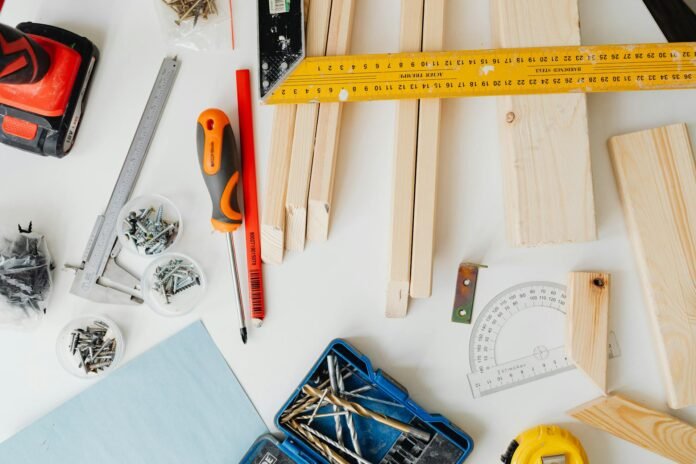Ball screws are everywhere at this point. They’re used in a vast and ever-growing range of machines in numerous industries. From manufacturing machinery and robotic assembly lines to aircraft and vehicles, they serve a variety of purposes. Several types and sizes of ball screws are available to meet different needs and expectations. In generally, though, their designs are largely the same. They’re made up of a screw shaft with a helical groove, a nut that contains small ball bearings, a lock nut, and seals.
What Do Ball Screws Do?
Table of Contents
Considering the many uses for these components, Understanding High-Precision Ball Screw Mechanisms is essential. They’re used to convert rotational motion into linear motion. When a ball screw shaft rotates, its ball bearings roll along the helical groove. That moves the nut along the shaft.
On the other hand, if a user needs to convert linear motion into rotational, a ball screw can do that as well. In a case like that, the nut would move along the shaft, causing it to rotate. Either way, the seals on the mechanism prevent lubricant from leaking out while also keeping outside contaminants from getting in.
Which Factors Can Affect Ball Screw Functionality?
Ball screws are known for being effective and efficient. They’re also strong, durable, long lasting, and versatile. That being said, certain factors can affect their functionality.
For one, paying attention to their preload is crucial. Each ball screw mechanism has specific preload requirements. If those are overlooked, the mechanism won’t work properly. Being sure they’re installed and aligned properly is also essential. Otherwise, they won’t work smoothly, and they may wear out long before they should.
It’s also important to avoid exceeding the mechanism’s load capacity. Though ball screws can handle heavy loads and excessive stress, they have limits. Exceeding those limits can interfere with functionality and cause unnecessary damage.
Lubrication is another factor to keep in mind. Ball screw mechanisms need to be properly lubricated to prevent vibration, backlash, and excessive friction. That being said, using too much lubrication or the wrong type can have negative effects.
Contamination can interfere with a ball screw mechanism’s performance, efficiency, and longevity as well. That’s one of the reasons the assembly’s seals are so important. Dirt, dust, moisture, chemicals, and other contaminants will detract from a ball screw’s functionality and may cause it to wear out more quickly. In many cases, using extra protective measures beyond the seals in the mechanism itself is recommended.
Getting Maximum Effectiveness and Longevity from Ball Screw Mechanisms
Ball screw mechanisms serve numerous purposes. They’re important components in countless machines. Without them, those machines wouldn’t work the way they’re supposed to. Understanding how these mechanisms work, and which factors detract from their functionality is the key to maximizing their effectiveness and longevity.
Keep preload, alignment, and load capacity in mind when operating machinery that relies on ball screw mechanisms. Don’t overlook the importance of lubrication and protecting these components against contamination, either. Remember that routine maintenance can also have positive effects on the functionality and longevity of ball screw mechanisms.


